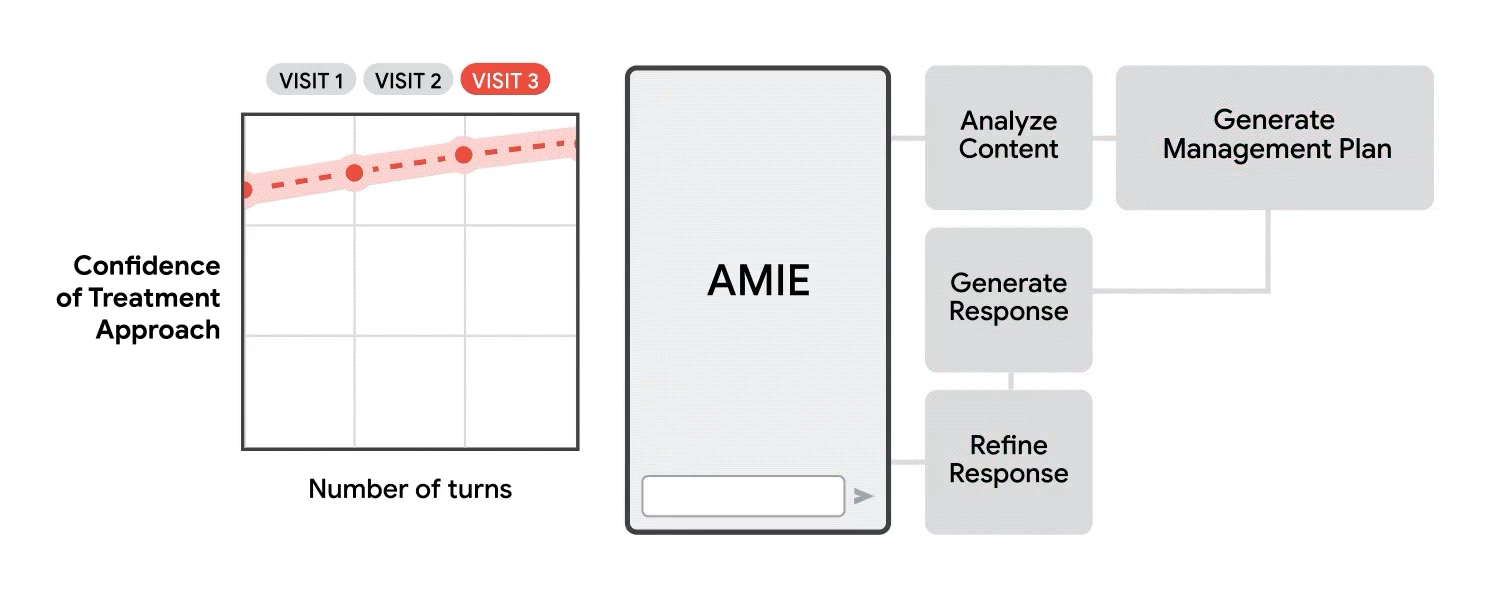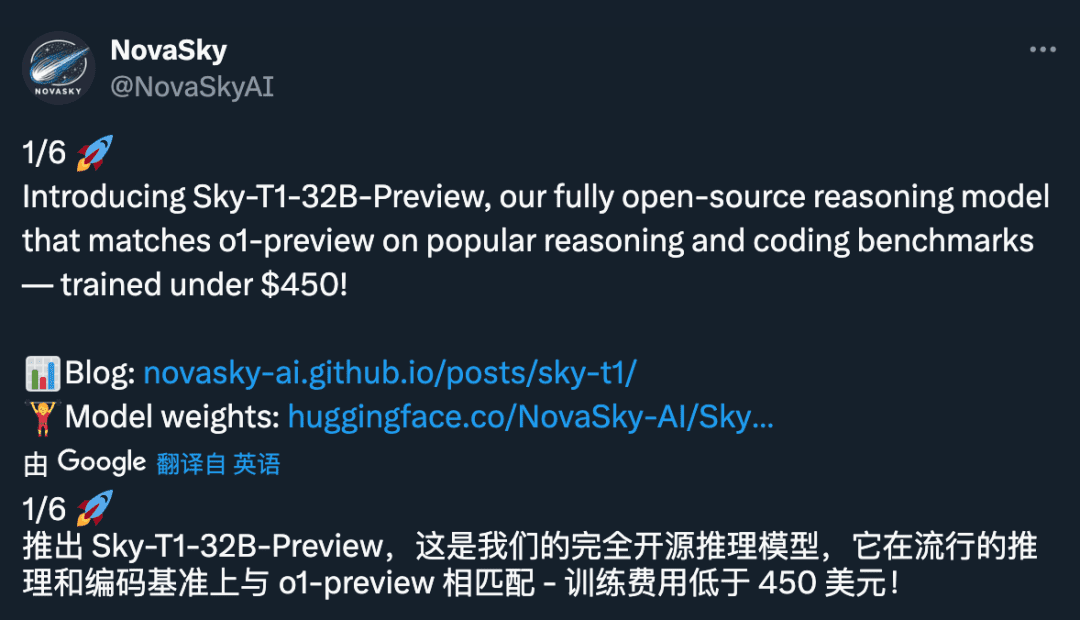RTX 5090D customized for China with AI and cryptocurrency mining restrictions - multi-GPU configurations also locked down
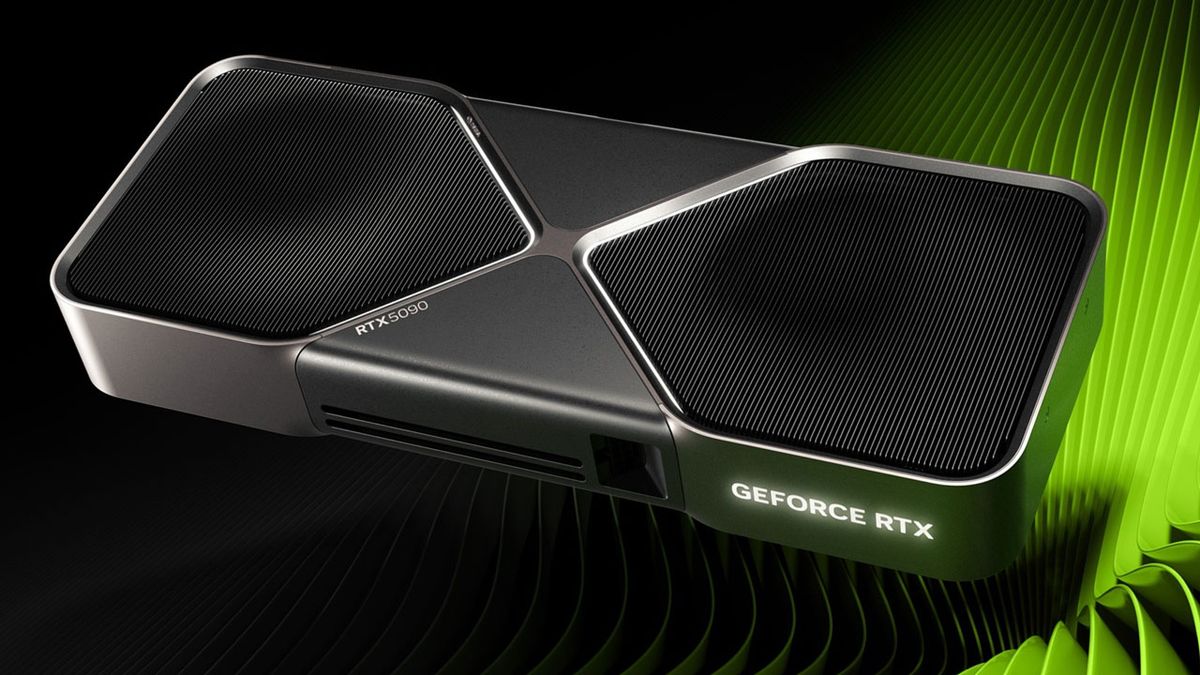
(Image credit: Nvidia)
Nvidia's upcoming RTX 5090D for the Chinese market is said to have locked itself up, preventing users from using the Blackwell GPU for specific workloads. A Chiphell forum user reports that after "3 seconds" the RTX 5090D locks itself out, preventing users from running specific workloads, overclocking the GPU, adjusting power limit parameters, or even using the GPU in multi-GPU setups.
The RTX "D-Series" (which stands for Dragon) are Nvidia custom GPUs designed specifically to meet U.S. export regulations based on GPU performance. The previous generation RTX 4090 was too powerful to legally export to China. As a result, Nvidia had to release the RTX 4090D with slightly less performance than the original to comply with regulations.The RTX 5090D is the successor to the RTX 4090D.
Nvidia had to repeat the same strategy on the RTX 5090, but for the RTX 5090D version it changed the way it implemented it. The previous generation RTX 4090D had a physically scaled down GPU specification compared to the original RTX 4090, with 12.81 TP3T fewer CUDA cores, 5.91 TP3T lower power consumption (max power), and slightly different base clock speeds. the RTX 5090D goes in the opposite direction, with the same GPU specs of the original RTX 5090. incomplete The only thing Nvidia changed was the AI performance of the RTX 5090D, which was "magically" reduced by 29%.
We say magical because how Nvidia limited the AI performance of the RTX 5090D remains a mystery. Performance dropped from 3,352 AI TOPS to 2,375 AI TOPS.
Chiphell users' findings indicate that Nvidia relies heavily on artificial driver and/or firmware limits to control RTX 5090D performance. For example, when the driver detects an AI inference or cryptocurrency mining workload, it appears to lock the RTX 5090D's performance to a hard limit of three seconds. Obviously, generative AI is not affected.
The RTX 5090D appears to have a non-modifiable power limit that prevents potential users from utilizing it. As a result, you cannot overclock it. In contrast, the RTX 4090D has an unrestricted power limit, so users can unlock it to 600W and overclock it to regain lost performance.
Chiphell users have made it clear that the RTX 5090D cannot be tweaked or manipulated online (or from the cloud), nor can it be run in a multi-GPU setup. Nvidia has reportedly locked this feature down to "the bottom of the Linux system". The user did not share how the RTX 5090D behaves when another GPU is installed. But in any case, it's clear that at least the RTX 5090D can't run any workloads with another GPU.
Only time will tell if Nvidia's limiter will work. Remember the LHR (Lite Hash Rate) fiasco during the GPU shortage? The limiter was supposed to limit the mining performance of RTX 30 series GPUs to prevent cryptocurrency miners from snapping up all the inventory. It didn't take long for individuals and organizations to find a solution.
Related reading.
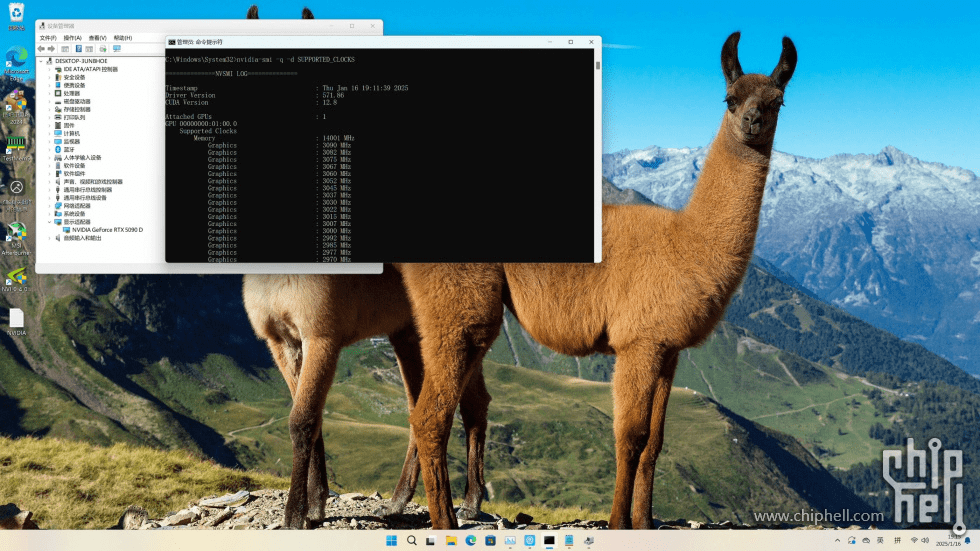
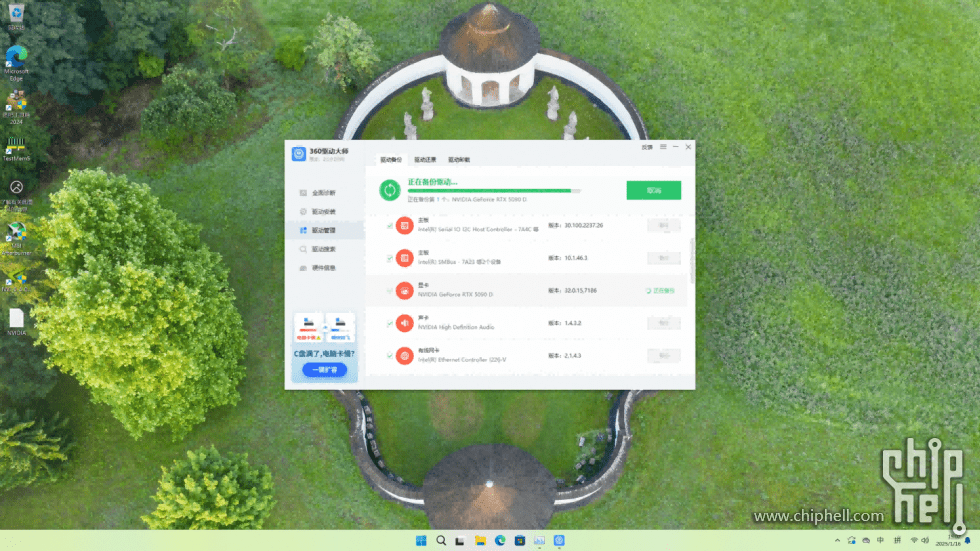
AI direct 3 seconds real man, alchemy 3 seconds locked arithmetic.
The power consumption locks up and doesn't allow you to pull it online. How much is the default (not sure if the 5090D does this or the 5090 as well)
Video editing, gaming, AI fixes and the like are unaffected.
Most importantly, locking up the multicard, locking up the multicard, locking up the multicard to put it bluntly those who buy a 4090 for a turbo card won't work on a 5090D
NV completely blocks this multi-card operation including the underlying linux system.
Good news RTX5090D not so much out of stock after the new year, bad news RTX5090 up to death
Because the main consumer group isn't us stinking gamers, but those who do AI computing, the 5090D is just a pile of defense in their eyes.
© Copyright notes
Article copyright AI Sharing Circle All, please do not reproduce without permission.
Related posts

No comments...

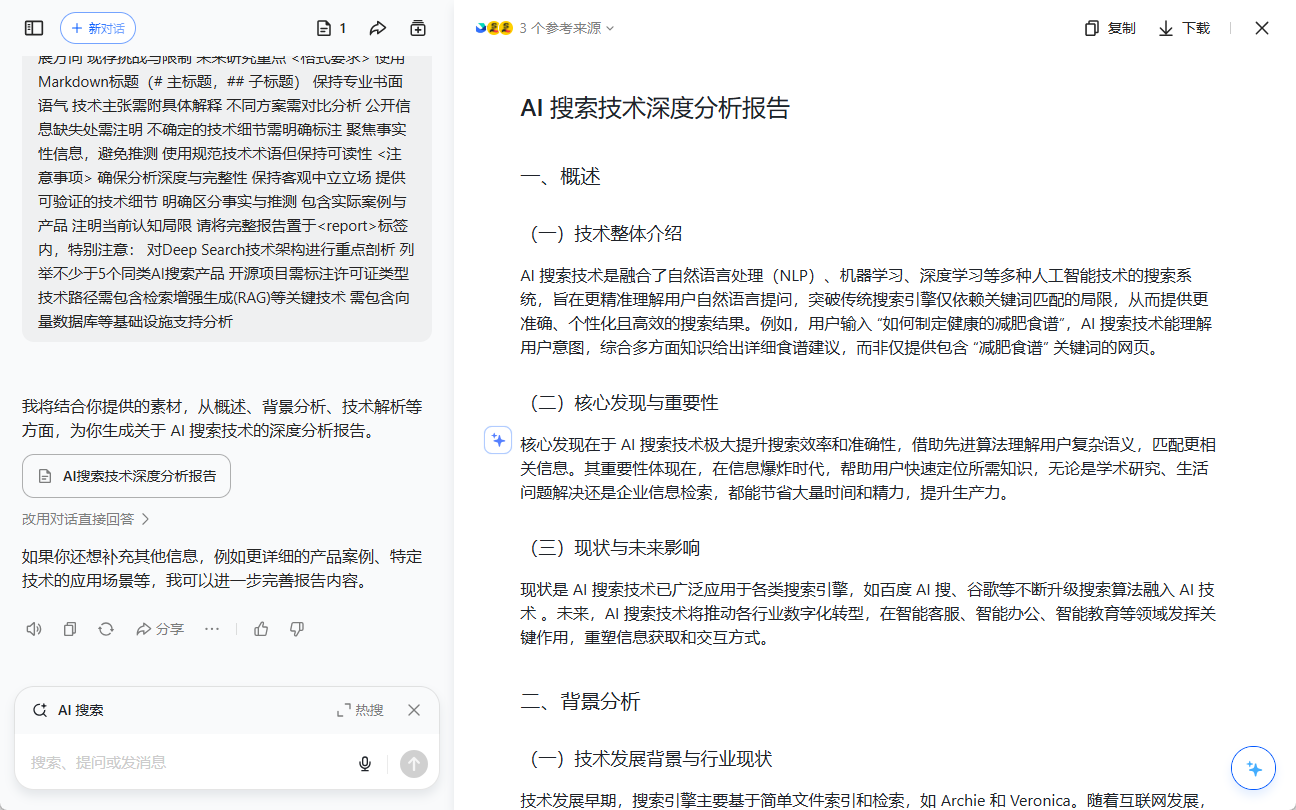
![[转]用 2000 美元 EPYC 服务器本地跑起 Deepseek R1 671b 大模型](https://aisharenet.com/wp-content/uploads/2025/02/78984d5c0694467.png)
